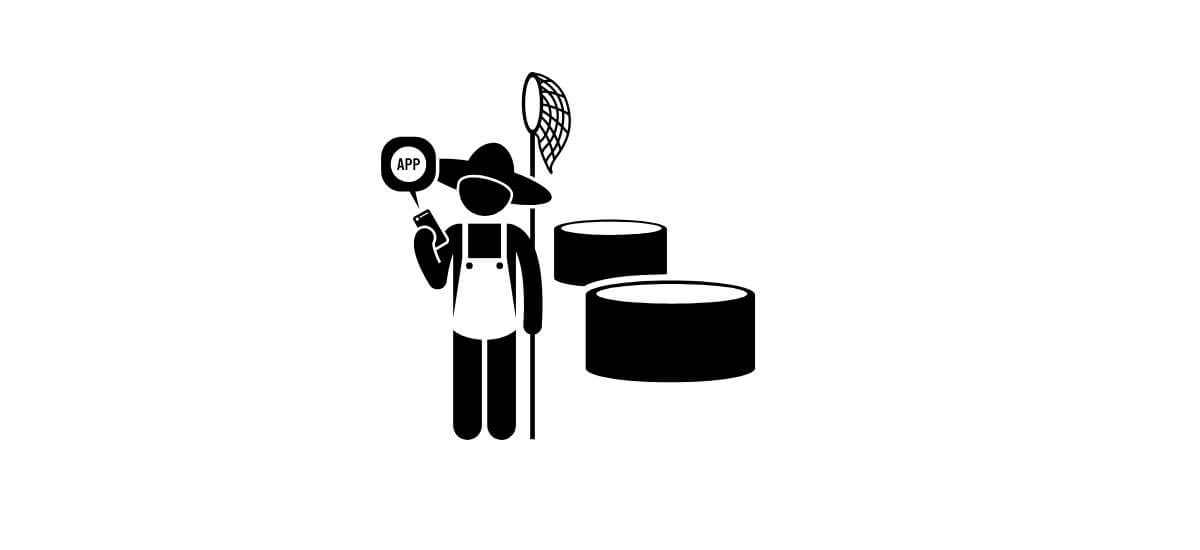
Farming can be a difficult industry to break into, with the cost of purchasing viable land, acquiring licensures, building infrastructure, purchasing livestock, and attaining licensures to contend with. On top of being difficult to start independently, traditional livestock farming can also take quite some time to be profitable, and it can take years of rigorous work to begin to see a return on investment.
If agriculture and farming are of interest to you, but the long haul process of breaking in seems like an insurmountable challenge, you should perhaps consider aquaculture instead. Aquaculture involves the breeding, raising, harvesting, and sale of fish and other marine creatures including crustaceans, cephalopods, and more.
While you may think that becoming a fish farmer would requirer you to be located close to a large body of water, in truth, even areas with no significant lakes or even large ponds can still become aquaculture hubs. Aquaculture happens to be an incredibly lucrative business, offering considerably higher returns on investment and at a much more rapid pace than other agricultural industries.
Like any business, building an aquaculture company requires a certain amount of planning, research, and dedication. The road to success will mean making lots of choices and weighing your options carefully so as to select the most appropriate and profitable options.
At OnePointe Solutions, we have had the pleasure of helping countless companies from every industry to build high-functioning, sanitary, safe, and efficient laboratory and workplace environments. Now, we will share some of the knowledge we have gathered from aquaculture business clients to help you start your own.
Assess the Competition
Before you enter any industry, it is important to assess the current market and closely study the existing competition. Learning as much as you can about the various players already working in the industry will help you to determine a) whether there is room for your business, b) what type of work your aquaculture business will do, and c) what methods you can use to set yourself apart from the existing aquaculture businesses.
As you begin to investigate your options for opening your own aquaculture business, be sure to ask some of the following questions regarding the competition:
- How many aquaculturists already exist in your area? If you live in a rural area, the market may already be filled, whereas urban settings may offer higher demand
- What do your competitors specialize in? If the nearest aquaculture business to you specializes in, for example, farming salmon, choosing a different species will give you a competitive advantage
- What are your competitors’ costs? Determine fees, cost of facilities, cost of utilities, equipment, personnel payroll, etc., before you choose to invest your time, energy, and money
Selecting a Species to Produce
In aquaculture, choosing the right species to produce is one of the most important factors, and is a decision that can make or break the success of your business. Marine creatures like fish and crustaceans are used for a variety of purposes around the world, commonly eaten, used for dyes and coloring, used as bait, used for decoration, and so on.
Depending on where you live, different species may be considered most or least desirable. In the U.S., these are some of the most popular and profitable aquaculture species:
- Baitfish
- Catfish
- Cod
- Eels
- Ornamental fish
- Salmon
- Shrimp
- Tilapia
- Trout
Types of Production Systems
There are a number of favored production systems used in aquaculture, and depending on both your environment and chosen species, at least one or more is available to you. Note: it is extremely important to ensure that the type of production system you select is appropriate for the amount of water/bodies of water you have access to.
Cages
Cages can be used in areas that have existing bodies of water like large ponds, lakes, and certain ocean environments. The cage method involves transferring fingerling fish to floating cages placed strategically in clean, biologically appropriate bodies of water.
While this can be an excellent option for small-scale producers looking for a relatively inexpensive production system, great care must be taken to ensure proper cleaning and care of the cages is done regularly to prevent suffocation or the spread of disease. The cage method of production is ideal for producing bass, catfish, tilapia, and trout.
Continuous Flow Systems
If you do not have easy access to reasonably sized bodies of water, choosing a tank or raceway that employs the continuous flow method is a suitable alternative. Continuous flow systems are systems in which freshwater is constantly being pumped into the system, and old water is being removed and filtered.
Continuous flow systems help to reduce the need for regular cleanings by ensuring that bacteria are not able to accumulate within the system. Though they do provide additional protection for certain species, continuous flow systems are not the most economically efficient and are only lucrative for producers in high demand/low supply areas.
Trout and other common fish species have been known to do well in continuous flow environments.
Ponds
Unlike the ponds used for the cage methods, aquaculture ponds are specifically designed for the production of fish. Human constructed then filled with standing water, the pond method mimics a natural pond environment without exposing fish to the potential for disease often present in natural lakes and ponds.
Despite not facing the same risks as natural lakes, aquaculture ponds still require close monitoring and careful maintenance to prevent the buildup of algae and bacteria.
Ponds have become an increasingly popular option amongst aquaculturists, and have proven to be the more economically friendly production method as well as providing the highest final yields. In order for the pond method to be a viable option for your aquaculture outfit, you will need a dedicated piece of land, plenty of access to freshwater, and the resources to properly build the ponds themselves.
Working With a Designer
Once you have a clear idea of what it is you want to do within the aquaculture space, it is time to start working with a designer to create your dream facility. While you may already have a good idea of what your tanks/cages are going to look like, you may not have the experience required to create areas for testing, packing, and processing.
Finding a reliable designer can help you ensure you are not wasting any space within your facility and can help you to create a better, more efficient workflow.
When you choose OnePointe Solutions to help you design your laboratory or commercial facility, our design team will visit you in your space to assess your unique challenges and needs. During our time together, we will investigate every part of your facility to determine exactly how we can best utilize the space.
After our visit, you will be prepared to make a decision, armed with custom 3D renderings creating by our team and an estimated quote covering all anticipated costs.
Aquaculture Furniture
Though we have helped countless laboratories and commercial companies to design the layout of their facilities, our main focus has been and always will be on creating incredible furniture solutions. Like other commercial facilities, aquaculture labs, processing plants, hatcheries, and other spaces have a variety of furniture needs from ample storage for samples and supplies to countertops and sinks to handle processing, cleanup, and much more.
Here are just some of the high-quality furniture options available from OnePointe Solutions.
Casework
Our casework comes in a variety of configurations and material options and can be custom built to fit the exact specifications of your facility. Our casework can be created as free-standing units, perfect for the easy and safe storage of samples, supplies, tools, and special equipment, or added to other pieces of furniture like islands and suspended under workbenches.
Like our other furniture options, our casework comes in a variety of material options, and can even be made anti-microbial to reduce the potential for the buildup of potentially harmful bacteria within your facility.
Countertops and Sinks
Countertops and sinks are important for the testing and processing of fish and other sea creatures produced in your aquaculture facility. Regular testing on fish, water samples, food, and more are required to ensure your yield is strong, and having ample available space to do so is vital to ensure it is completed in a timely and reliable manner.
Islands, workbenches, and countertops can also be outfitted with sinks, which can easily be connected to your facility’s existing plumbing for easy installation.
Water-Resistant Materials
Naturally, fish farm facilities handle a high volume of water, requiring the majority of facility surface materials to be water-resistant. Materials not suited for exposure to water or moisture can corrode, warp, splinter, bubble, and otherwise become damaged by damp environments, and can cost far more to replace than it would cost to select water-resistant materials from the beginning.
Some lab countertops offered by OnePointe Solutions that are especially favorable for high-moisture applications include:
Need Help With Your Aquaculture Lab?
Give us a call at (866) 222-7494 to speak to one of our aquaculture lab specialists. They will help you to select the right materials and furniture to make sure your lab is equipped to handle the demands when running an aquaculture business.


